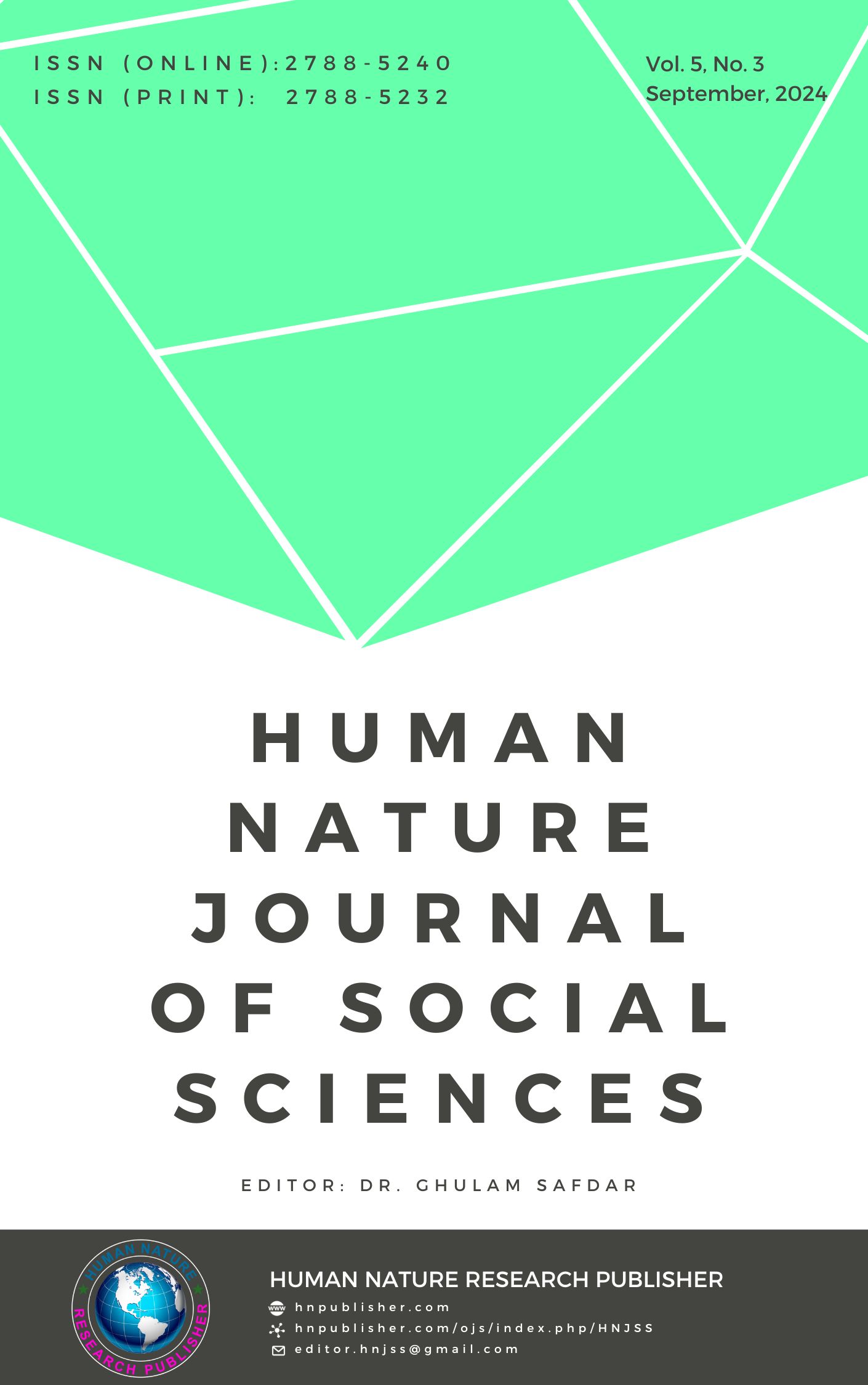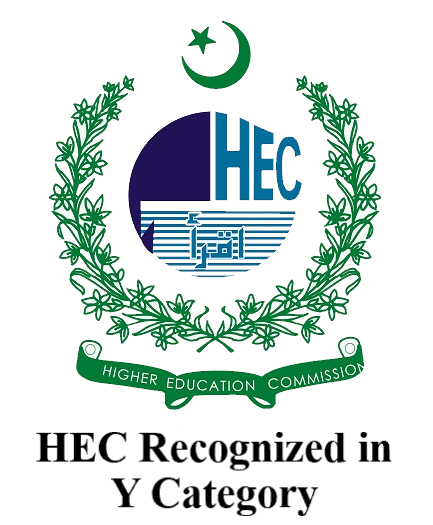Changing in Geo-Strategic Dynamics in Middle East: Implications for Pakistan
DOI:
https://doi.org/10.71016/hnjss/byb7kt92Keywords:
Middle East Dynamics, Foreign Policy, Regional Stability, National InterestsAbstract
Aim of the Study: This research explores how shifting geostrategic dynamics in the Middle East are shaping Pakistan's foreign policy and the security of its national interests.
Methodology: Utilizing both an interceptive and descriptive methodology alongside a qualitative research design, the study gathered non-numerical data and employed social science techniques like interpretation and discourse analysis. The researchers thoroughly examined the data, interpreted various discourses, and drew conclusions.
Findings: The findings underscored the critical role of Pakistan's leadership in effectively responding to these changing circumstances. The study stressed the necessity for a well-informed foreign policy that aligns with national interests, which demands a deep understanding of the evolving dynamics in the Middle East and careful consideration of their implications for Pakistan's stability and regional influence.
Conclusion: The research offers valuable insights and policy recommendations for Pakistan, highlighting the importance of a proactive and informed strategy to navigate the complexities of the Middle East while safeguarding its interests and promoting regional stability.
Downloads
Published
Issue
Section
License
Copyright (c) 2024 Haider Ali Khan, Muhammad Yousaf, Muhammad Ali (Author)

This work is licensed under a Creative Commons Attribution-NonCommercial 4.0 International License.








